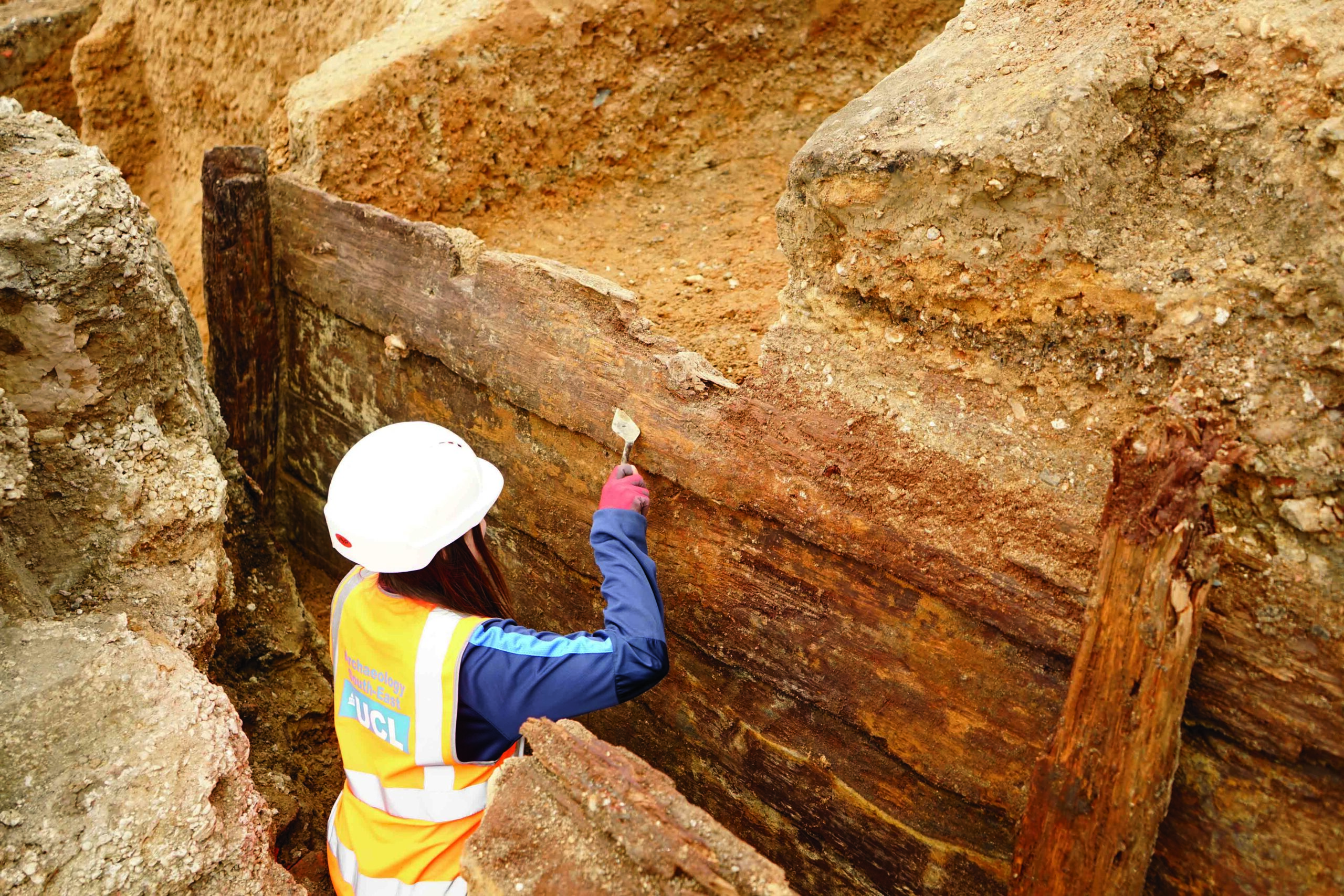ADELAIDE, AUSTRALIA—According to a statement released by Flinders University, archaeologists Maciej Henneberg and Teghan Lucas of Flinders University and Kara Holloway-Kew of Deakin University analyzed data collected on some 70,000 ancient skeletons spanning a period of about 200 generations in order to study the spread of infectious diseases. Certain pathogens, such as the ones that cause tuberculosis, treponematoses, and leprosy, take time to reproduce and spread, and can leave distinctive marks on bone before they kill their host, the researches explained. The study suggests that these pathogens caused more skeletal changes when they first spread through human populations, but then became less common over the past 5,000 years. Lucas said the germs may have adapted so that they caused less harm to infected people, which they depend upon for their own survival, in order to continue to spread to additional individuals. Eventually, people may have also adapted to the infections so that they experienced less illness, and may have become even tolerant or immune to them. To read about the pathogen that was responsible for the Plague of Justinian and the Black Death, go to "A Killer Bacterium Expands Its Legacy."
Bone Study Suggests How Humans and Germs Evolve Together
News February 25, 2021
Recommended Articles
Top 10 Discoveries of the Decade January/February 2021
Neanderthal Genome
Vindija Cave, Croatia, 2010
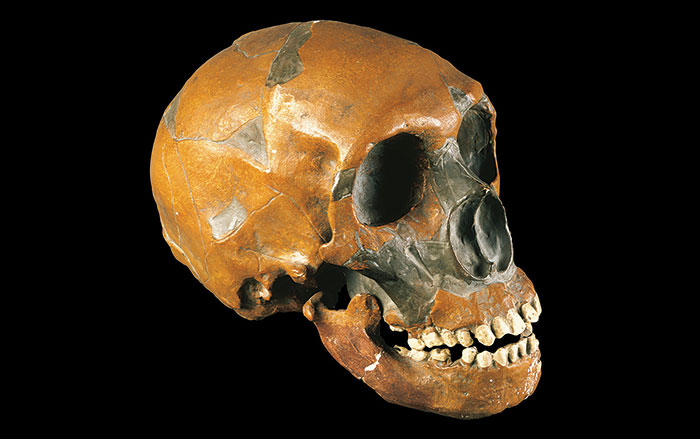
Artifacts November/December 2019
Australopithecus anamensis Cranium
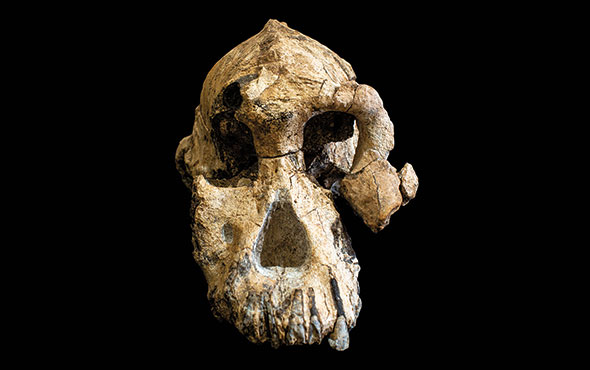
Features September/October 2017
The Heights We Go To
The links among extreme environments, genetics, and the human ability to adapt

Digs & Discoveries January/February 2017
Hungry Minds
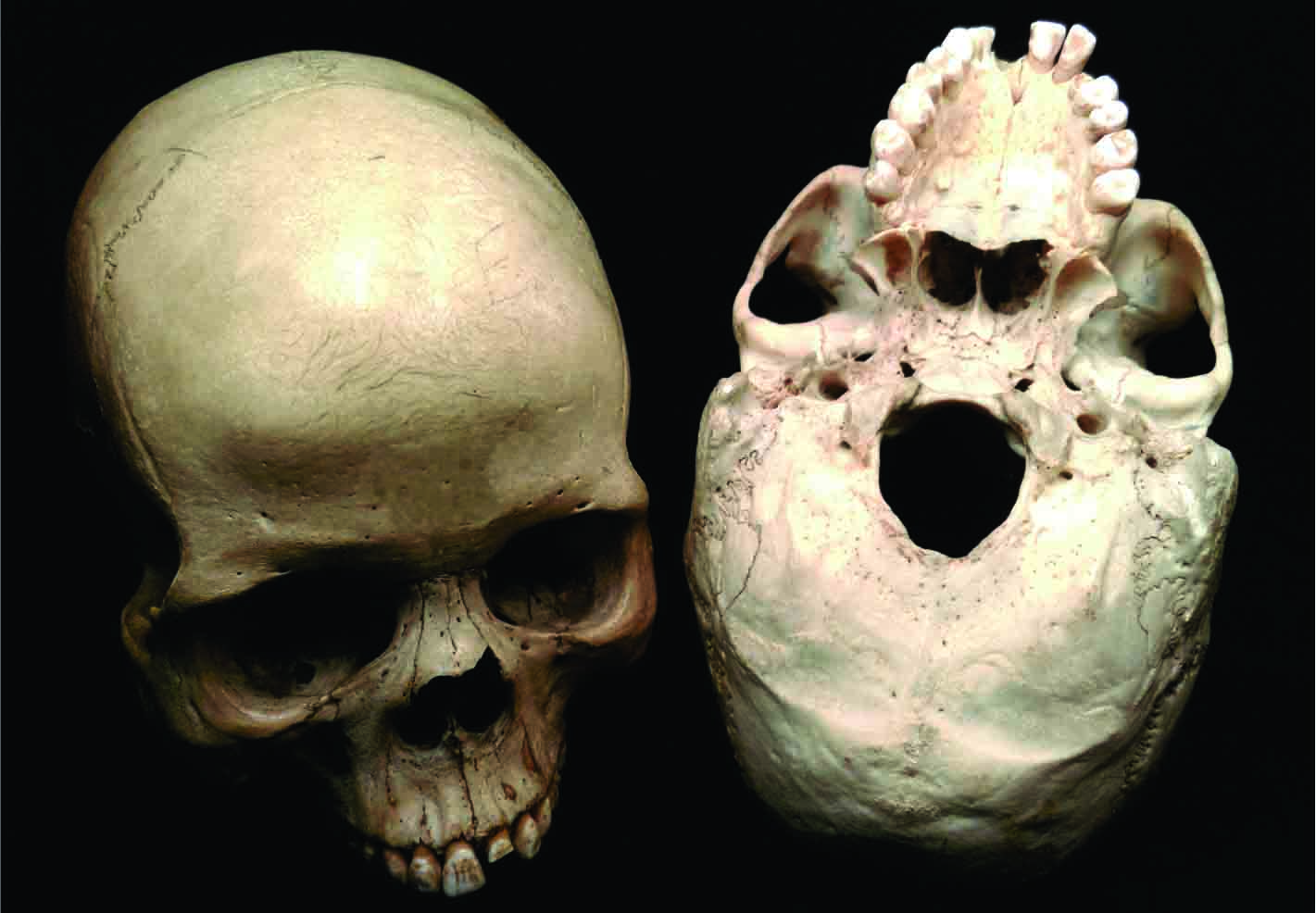
-
 (Pasquale Sorrentino)
(Pasquale Sorrentino) -
Features January/February 2021
Return to the River
Members of Virginia’s Rappahannock tribe are at work with archaeologists to document the landscape they call home
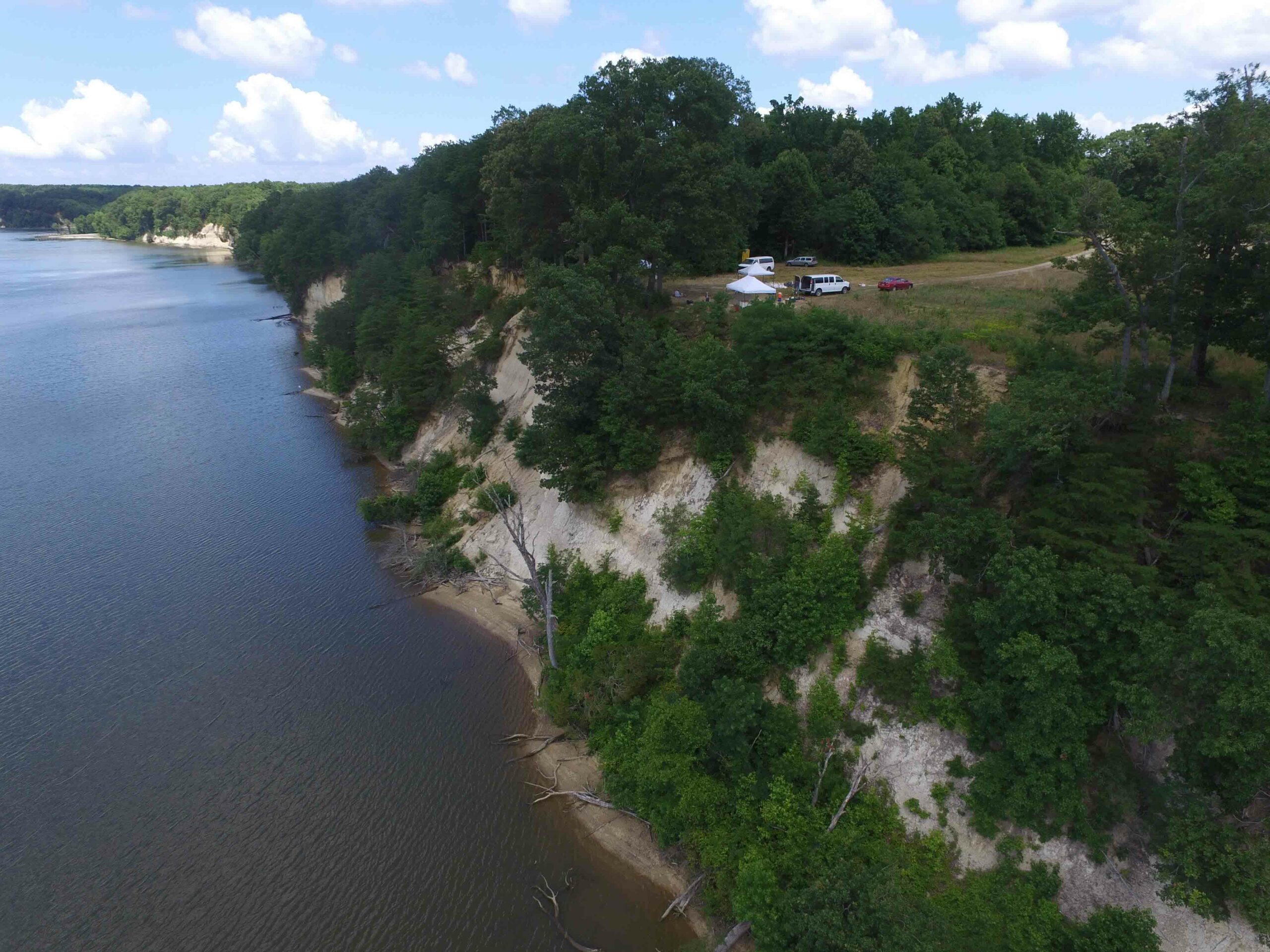 (Courtesy Julia King)
(Courtesy Julia King) -
Letter from Woodhenge January/February 2021
Stonehenge's Continental Cousin
A 4,000-year-old ringed sanctuary reveals a German village’s surprising connections with Britain
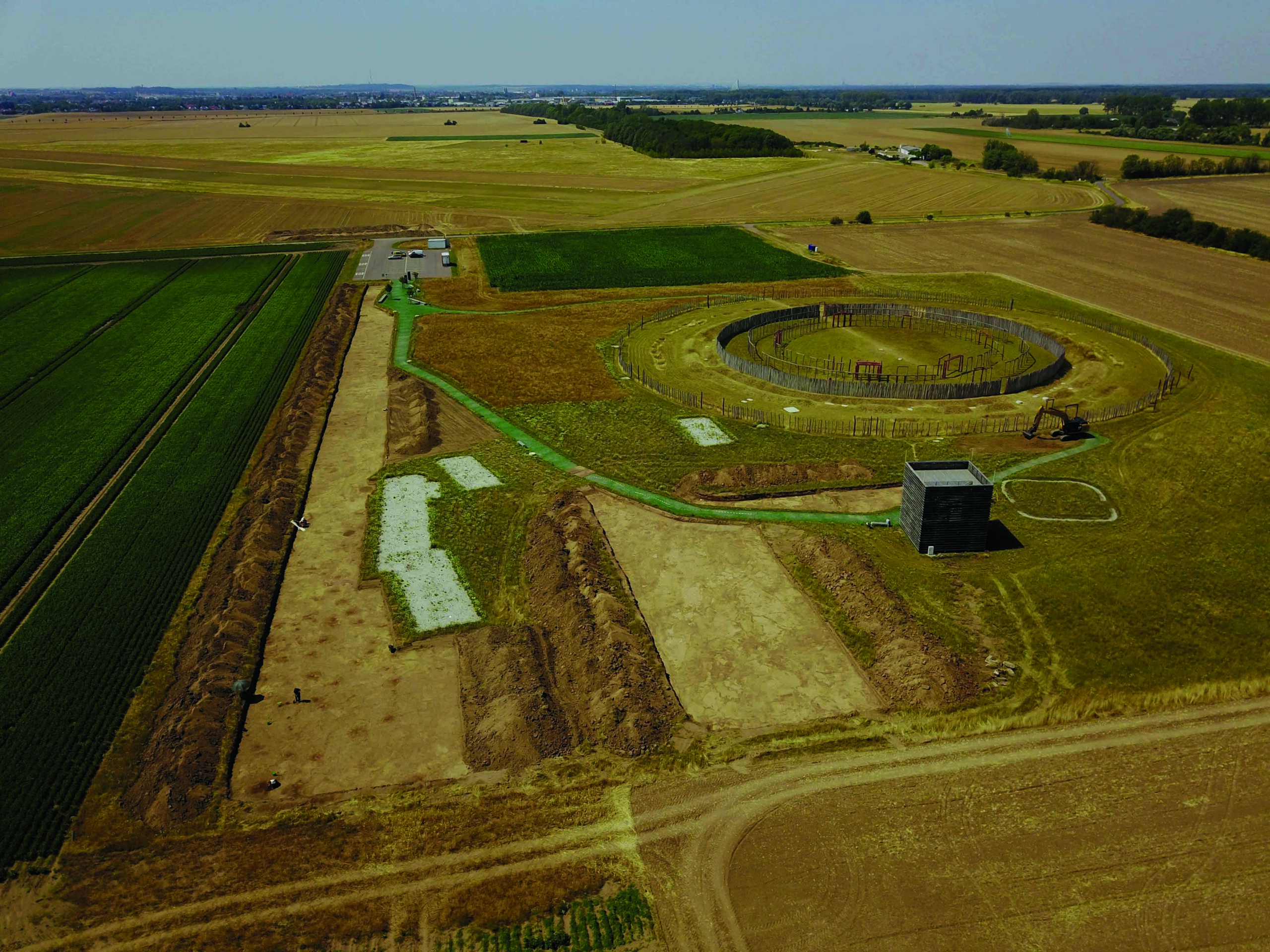 (Photo Matthias Zirn)
(Photo Matthias Zirn) -
Artifacts January/February 2021
Inca Box with Votive Offerings
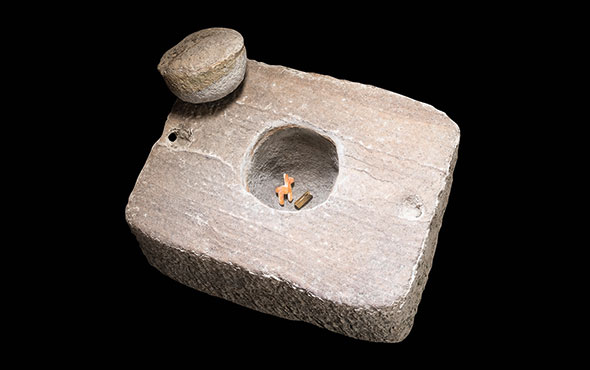 (Courtesy Teddy Seguin/Université Libre de Bruxelles)
(Courtesy Teddy Seguin/Université Libre de Bruxelles)


